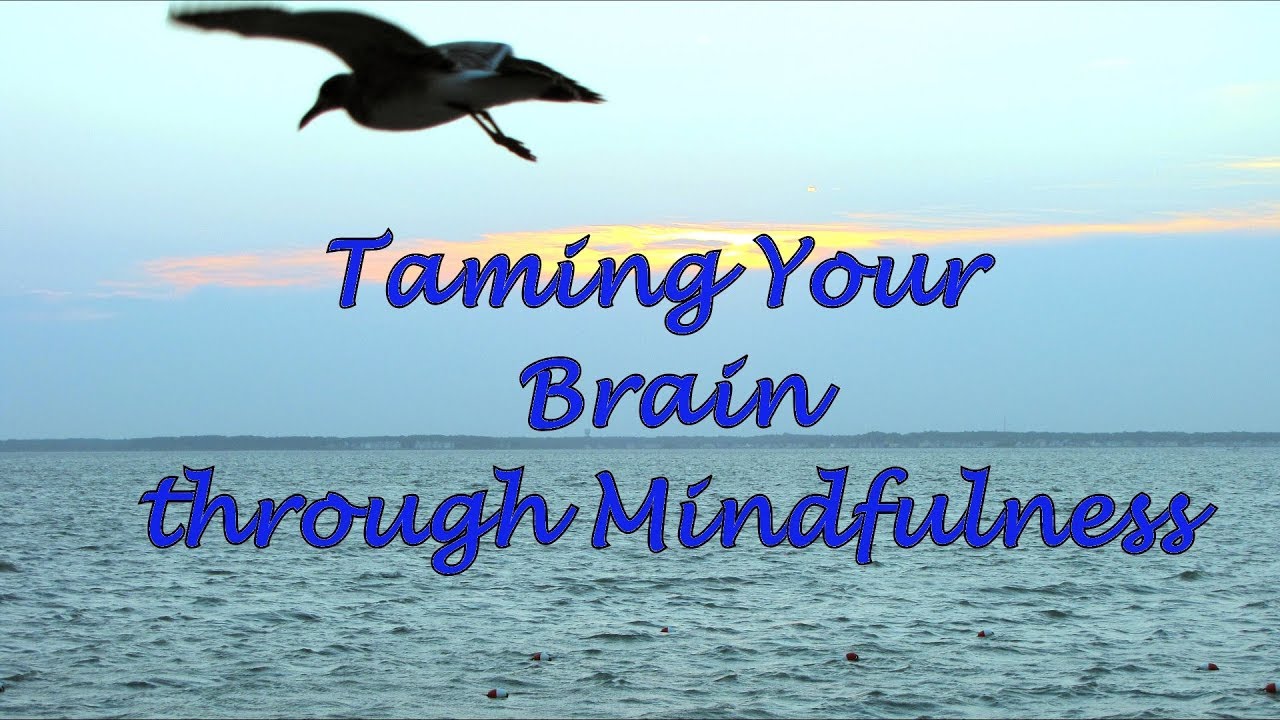I believe in the power of mindfulness to improve physical and mental health, and plenty of research documenting its benefits, including decreasing stress, anxiety, depression, blood pressure, and physical pain while boosting the immune system. So, practising mindfulness is a no-brainer that I teach my clients.
Mindfulness is the ability to intentionally and nonjudgmentally be open to the present moment with an attitude of curiosity. It comes from a specific part of our brain – the mid-prefrontal cortex – right behind our forehead, the highest-evolved part of the human brain.
But many of us don’t know how to harness its power, which is what mindfulness is all about.
So, let’s talk about the two crucial parts of the brain – the aforementioned mid-prefrontal cortex, our higher, mindful brain, and the brain stem and limbic system, which includes our lower, fight-or-flight brain. Both have important roles to play in our wellness. The mindful brain sees the bigger picture of things in the here and now, while the fight-or-flight brain is pure stimulus/response designed to protect us from threats.
Thus, the mindful brain can respond reflectively and flexibly to present circumstances, while the fight or flight brain, when triggered, can only react in a knee-jerk fashion. The problem arises when the fight-or-flight brain has become so over-reactive due to past pain and trauma that it’s triggered too quickly, even when there’s no threat at all.
Let me give an example: If I’m a lizard, which doesn’t have a mindful brain, and a stimulus triggers a fight-or-flight reaction, I cannot shift to my conscious brain to determine if the stimulus is a real threat or a false alarm.
Thus, I can become trapped in fight or flight even when no danger exists. We humans, however, have a mindful brain, and if we know how to access it, we can determine if the stimulus triggering fight-or-flight is a real threat or a false alarm.
Now, let’s talk about Darren, who was severely bullied in middle school and has avoided people ever since, even though he hasn’t been bullied in decades. So, why does he still avoid people?
It’s because he’s been dominated by false alarms from his fight-or-flight brain, just like a lizard. However, Darren is not a lizard, so there’s hope for him if he can learn to switch from his flight or flight brain to his mindful brain when triggered so he can determine the truth of what’s happening right before his very eyes: “Are the people my mind is telling me to avoid a real threat or a false alarm?” Let’s take this example a little further:
Now, Darren has been in therapy and practising mindfulness when his boss says he must attend the Christmas party to meet new partners. Of course, Darren’s immediate reaction comes from his fight-or-flight brain as panic and compelling thoughts of “Danger, danger, avoid, avoid.” But with his new understanding of how his brain works and after practising mindfulness daily, Darren decides to feel the fear and go to the party anyway. Click The Image Below To Get To Know
Dennis Bartram Anma Courses Movement Orientated Techniques Part 1
Of course, this new insight from his mindful brain doesn’t just make his fight or flight reaction disappear because the lower brain is a very slow learner. So, he allows himself to mindfully accept his fight-or-flight symptoms as just what his lower brain does in social situations while reminding himself he will be safe because the people at the party are not middle school bullies. He isn’t a powerless child anymore.
Let me repeat: The fight-or-flight brain is a slow learner; insight alone won’t change. However, by repeatedly exposing himself to social gatherings without the resulting trauma experienced as a child, Darren’s fight-or-flight brain will come to associate people with safety instead of danger. In that way, he will be able to reprogram his lower brain and heal past trauma so he can live more fully in the present moment.
Darren’s example deals with social anxiety. However, practising mindfulness can help tame any dysfunctional lower-brain reaction, including depression, shame, hopelessness, perfectionism, anger, codependency, addiction, and other forms of anxiety.
Practising mindfulness is about understanding how your brain works. If you’d like help learning to live a more mindful life and become the best version of yourself, visit my website, serenityonlinetherapy.com, to learn more about my online services.
If you liked this video, please click the Thumbs Up button and then subscribe to my channel to hear more from me. And finally, keep paying attention to your life! Until next time…



